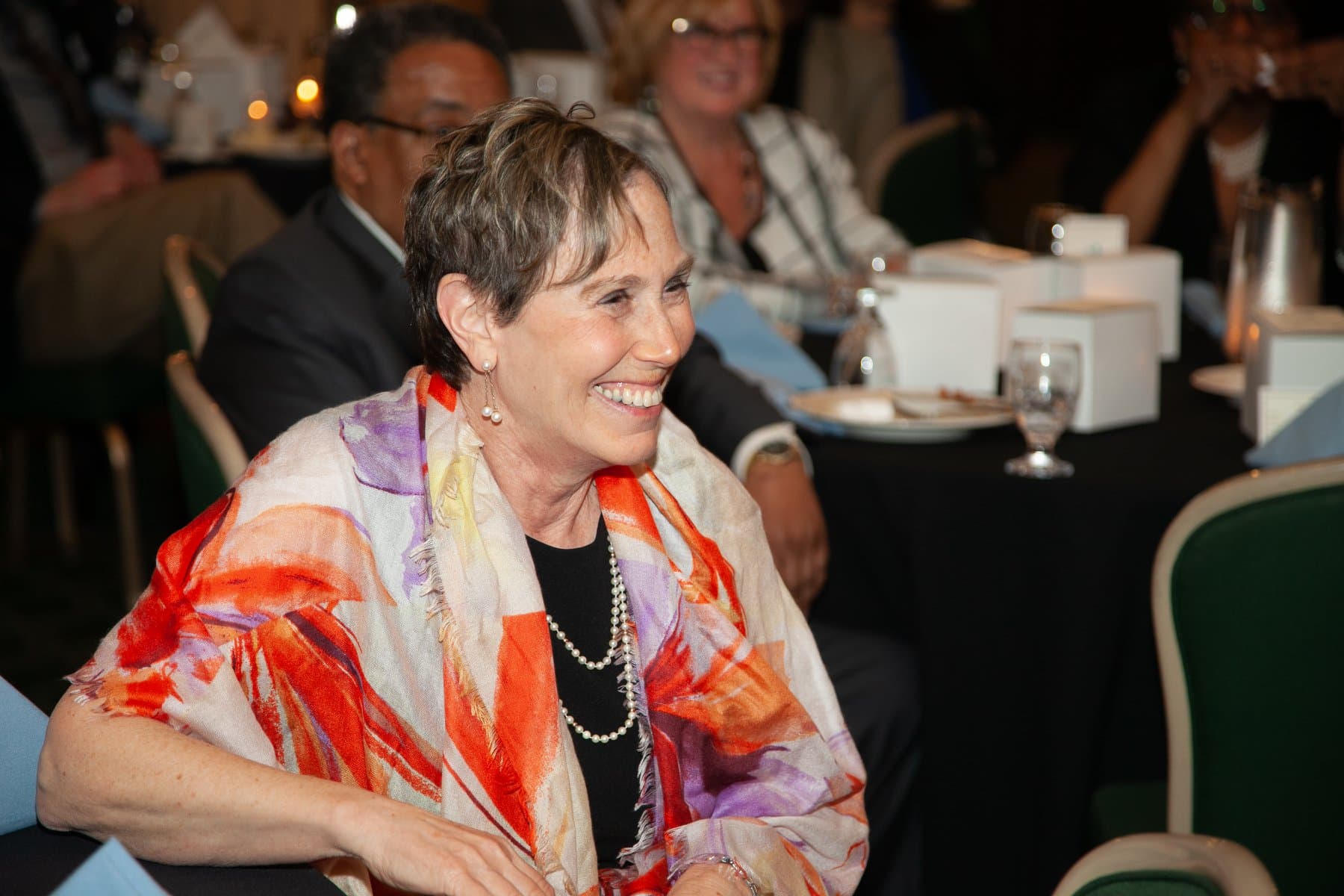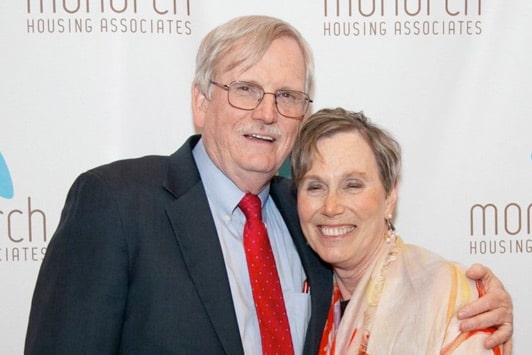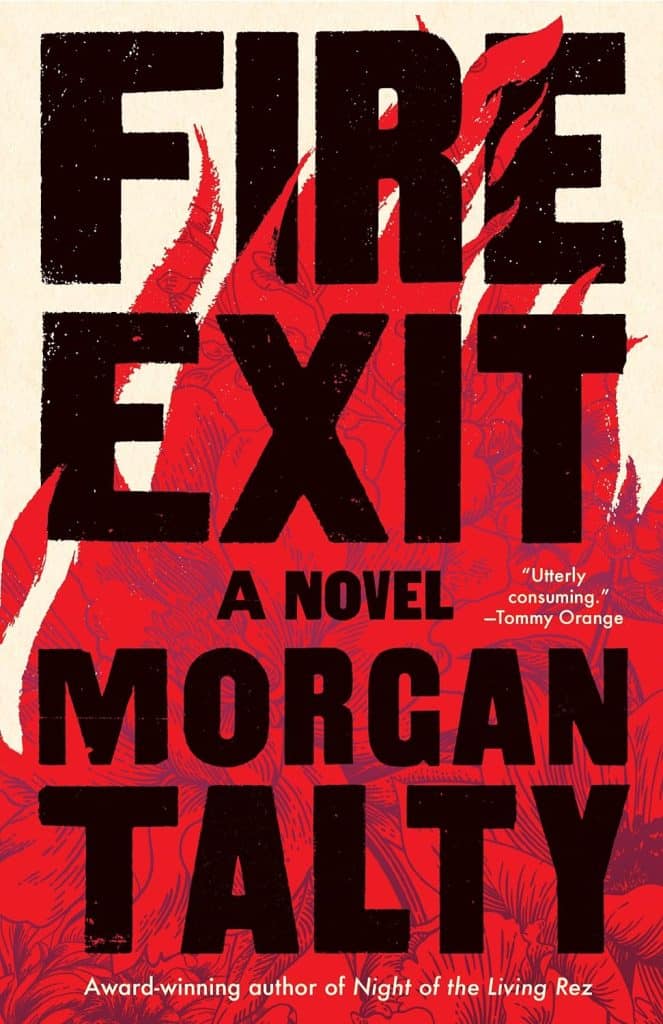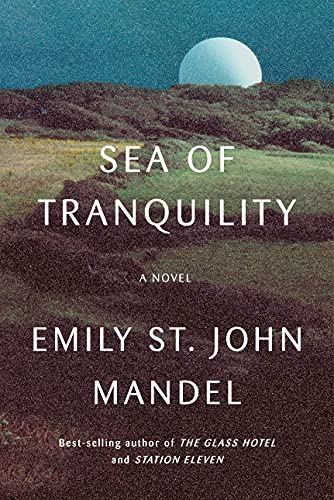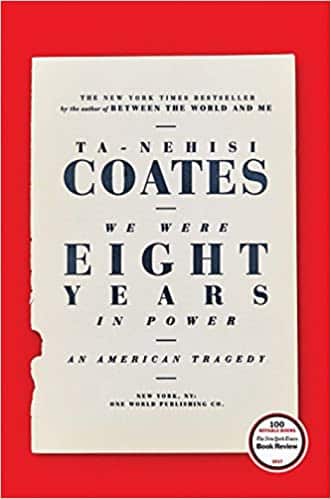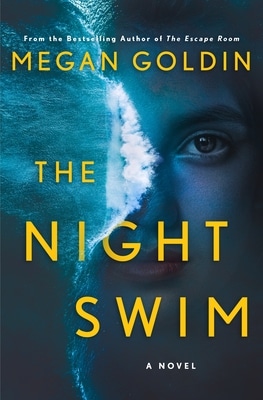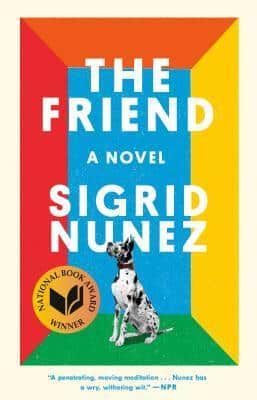Living and Grieving
Estimated reading time: 10 minutes, 14 seconds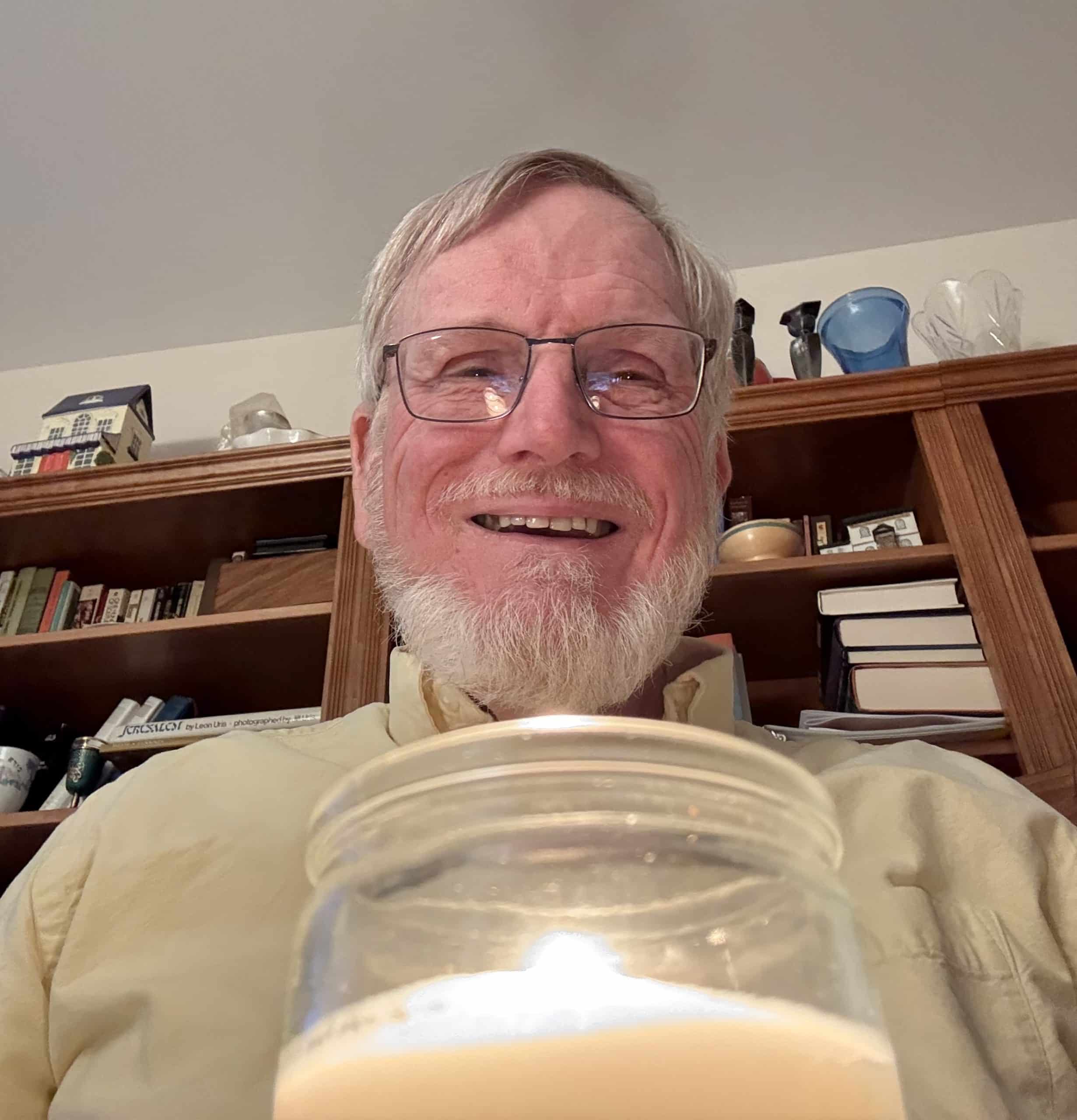
Mourner’s Kaddish on the
Fourth Yahrzeit
Friday, May 23rd, enveloped Cranford in a cool, damp blanket that felt anything but summery. I slipped on a light jacket, which barely shielded me from the persistent drizzle that danced around me as I waited on Alden Street for my friend Roger to pick me up. However, the weather didn’t dampen my spirits; I was determined to attend Friday night services.
This evening was particularly poignant, marking the fourth Yahrzeit for my beloved wife, a significant milestone in the Jewish tradition that commemorates her passing. The significance of the night filled the air with a bittersweet weight, reminding me of the memories and love we shared.
I have always found comfort in honoring the loved ones of my temple members by sharing their grief and memories. The first time I recited the Mourner’s Kaddish for my wife, my voice trembled with tears welling up in my throat as I tried not to cry. It has become easier over the last two years; the tears no longer interfere with my ability to speak.
This practice may seem mundane to some, but it can evoke profound spiritual feelings in those around me. Often, I would perform this aspect of the service more out of habit than genuine passion. While my soul would remember those who are no longer with us, there were times when it felt as though I was participating in a ritual that lacked genuine meaning.
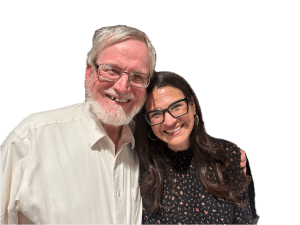
Earlier this year, while reading ‘The Amen Effect‘ by Rabbi Sharon Brous, I began to understand the significance of this ancient prayer and its importance in helping me live fully after four challenging years. Rabbi Brous eloquently shares her insights about the prayer, emphasizing its profound impact on our lives.
The ‘Amen Effect‘ highlights the healing power of faith and emphasizes the importance of embracing both the pain and joy in life. This book has guided my journey through grief and healing, offering profound insights. It validates our experiences and reminds us that feeling pain and joy is okay and that both are integral parts of the human experience.
“It doesn’t matter if the mourner catches the subtle biblical references or the linguistic nuances. It doesn’t even matter if the mourner believes in God. What matters is that a brokenhearted person stands up in a prayer service and reveals his grief, out loud and in public, and the community responds with love and presence.”
‘The Amen Effect‘ by Rabbi Sharon Brous
Standing at Temple Sha’arey Shalom and hearing my wife’s name read aloud, I was overwhelmed by a profound sense of belonging. My faith community and the relationships I’ve built have not only allowed me to experience life more fully but have also helped me process my grief. The beautiful blend of rituals and shared support is not just significant; it’s vital. It fosters a comforting sense of togetherness and mutual understanding that I deeply value on my journey of remembrance and healing. This sense of community support reassures us that we are not alone in our grief and that others understand and share our pain.
After almost 48 years, I recently lost my wife, Jan Lilien. Like The Little Prince, Jan and I believed that “The most beautiful things in the world cannot be seen or touched, they are felt with the heart.” This blog is a collection of my random thoughts on love, grief, life, and all things considered.
